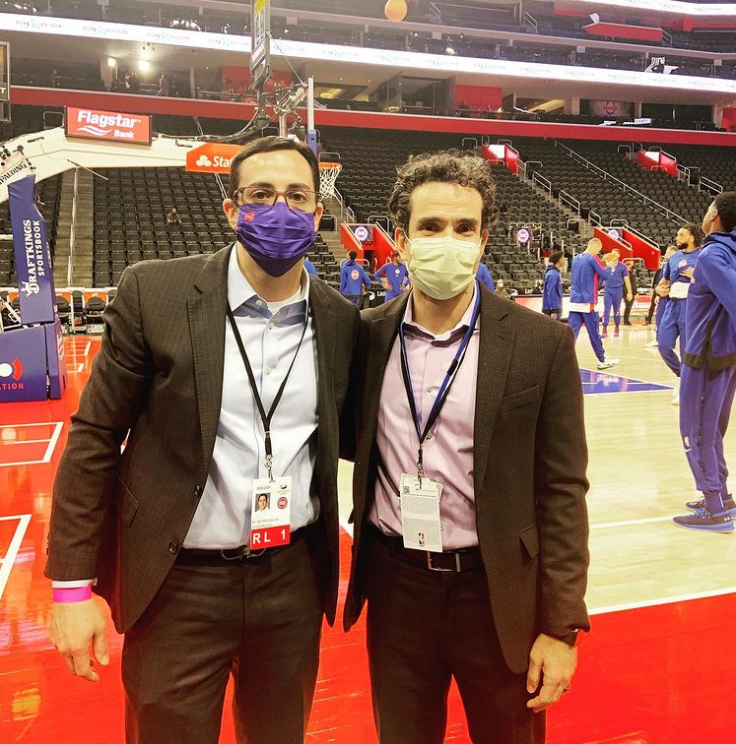When a high school or college student consults a physician about a sport-related concussion, their age, severity of symptoms, number of previous concussions, and family history of psychiatric disorders predict whether they can be released to supervision by an athletic trainer or will need additional medical care, according to an article in the Clinical Journal of Sports Medicine. The journal is published in the Lippincott portfolio by Wolters Kluwer.
Tag: Athletic Trainer

Henry Ford Sports Medicine Plays Point Guard to Keep Detroit Pistons Healthy
The Henry Ford Health System Sports Medicine team of doctors and athletic trainer work together to keep Detroit Pistons and personnel healthy during COVID-19 this season.
STUDY FINDS THAT STUDENT ATHLETE SAFETY IS NOT A PRIORITY IN HIGH SCHOOLS ACROSS THE UNITED STATES
A study released today showed that 34% of public and private high schools, have no access to athletic trainers in the United Stated. Furthermore, the study indicates that lack of appropriate sports medicine care is even greater for private schools (45% with no AT access) where parents are traditionally paying for what they perceive as a better and safer experience.
PRACTICE ALONE DOESN’T MAKE PERFECT – GENETICS AND FAMILY DYNAMICS PLAY A LARGE ROLE IN ATHLETIC ACHIEVEMENT
The study compared Division I student athletes (SA) and noncollegiate athletes (NA) who had competed in youth sports. The study found that parents and siblings of Division I student athletes (SA) were more likely to have been high-achieving athletes, while other factors previously thought to be imperative, such as the age of single sport specialization and birth month, were not significantly different.